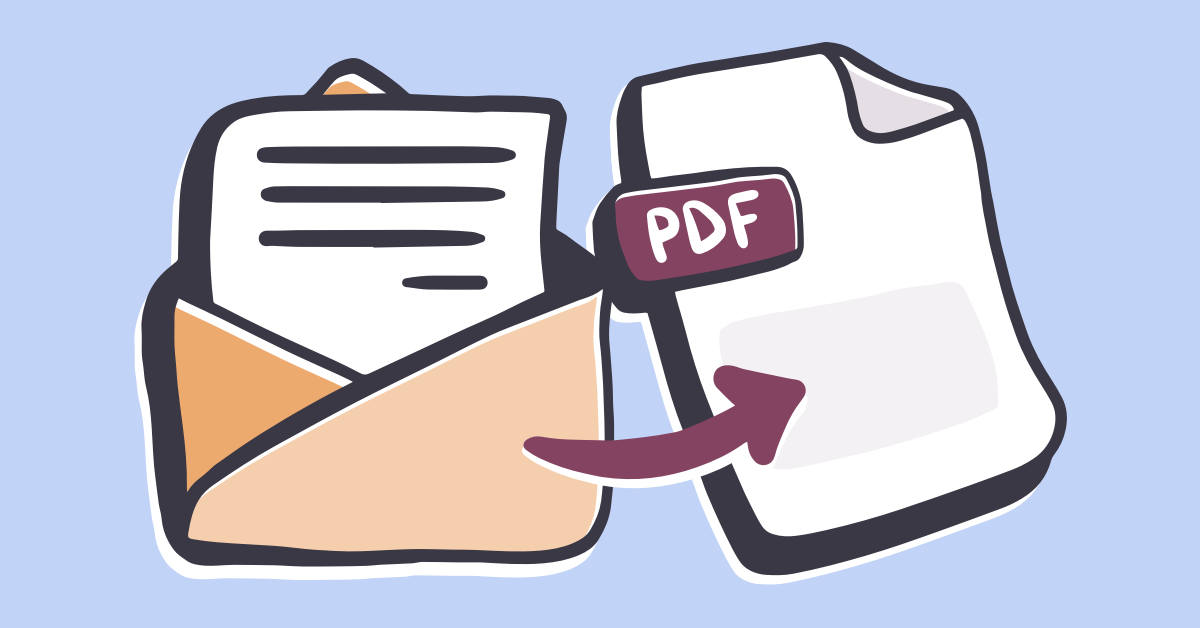Gmail is one of the most popular platforms of our time. However, organizing and managing email can be a problem. The ability to save emails in PDF format is an excellent method to share and save important messages.
Why should emails be saved in PDF format?
Before we go into the steps to follow, let’s be aware of the importance of saving emails in PDF. Portable Document Format (PDF) is a standard format that is able to be used across a range of devices. Converting emails to PDF creates a snapshot that preserves the original format and structure of your email. This means that vital data is kept intact and allows for sharing.

How to save a single email as PDF in Gmail
1. Open the Email Login on your Gmail account. Go to the email that you want to save as a PDF.
2. Click on the Print icon. Look for the icon that indicates printing (usually the printer). To open the print dialog, click on it.
3. Select “Save as PDF” in the destination field Choose “Save As PDF” from the available printers.
4. Before saving you can change settings like layout and paper size. You can also change the orientation to meet your requirements.
5. Click ‘Save’ Then click the “Save” button to choose the destination location on your computer. Then, save the email in a PDF file.
Your Ultimate Guide to Seamless Conversion
We’ve already covered the basics, but let’s explore some other tips to improve your experience with the ability to save emails as pdf files in Gmail. For more information, click Save Email as PDF
Make use of folders Make separate folders for each category to maintain a systematized approach. You could create folders to manage emails for your personal or professional correspondence, or specific projects. These folders can be saved as PDF files to make retrieval simpler.
The batch printing feature of Gmail allows you to select multiple emails to print simultaneously. This feature will save you time. It is particularly beneficial when you have to archive whole conversations or threads of a project.
Name conventions: Choose a common name for all of your PDFs. Include pertinent details like the sender’s name, subject, or date for it to be easier to find particular documents later.
Password protection: To improve security, you should password-protect sensitive PDFs. This will ensure only those who are authorized are able to access the PDF which adds a layer of privacy.
Cloud Storage Integration: Find out how to integrate your Gmail account with cloud storage solutions. This way, you’ll be able to directly save your emails in PDF format to cloud storage platforms such as Google Drive, making them accessible from any place.
Conclusion
Conclusion: The capability to export emails in Gmail as PDF improves email management and organization capabilities. If you’re looking to archive important messages and creating a reference library, or sharing information with your colleagues, the conversion of emails to PDF offers the flexibility you need.
It is essential to understand that knowing how to perform PDF conversion will streamline your workflow and make it more efficient. While you traverse the vast landscape of your emails, make use of the power of PDF to preserve the content, share it with friends, and refer back to your messages with ease. Take advantage of the ease of saving your emails in PDF files, and experience an entirely new level of efficiency in the Gmail experience.

